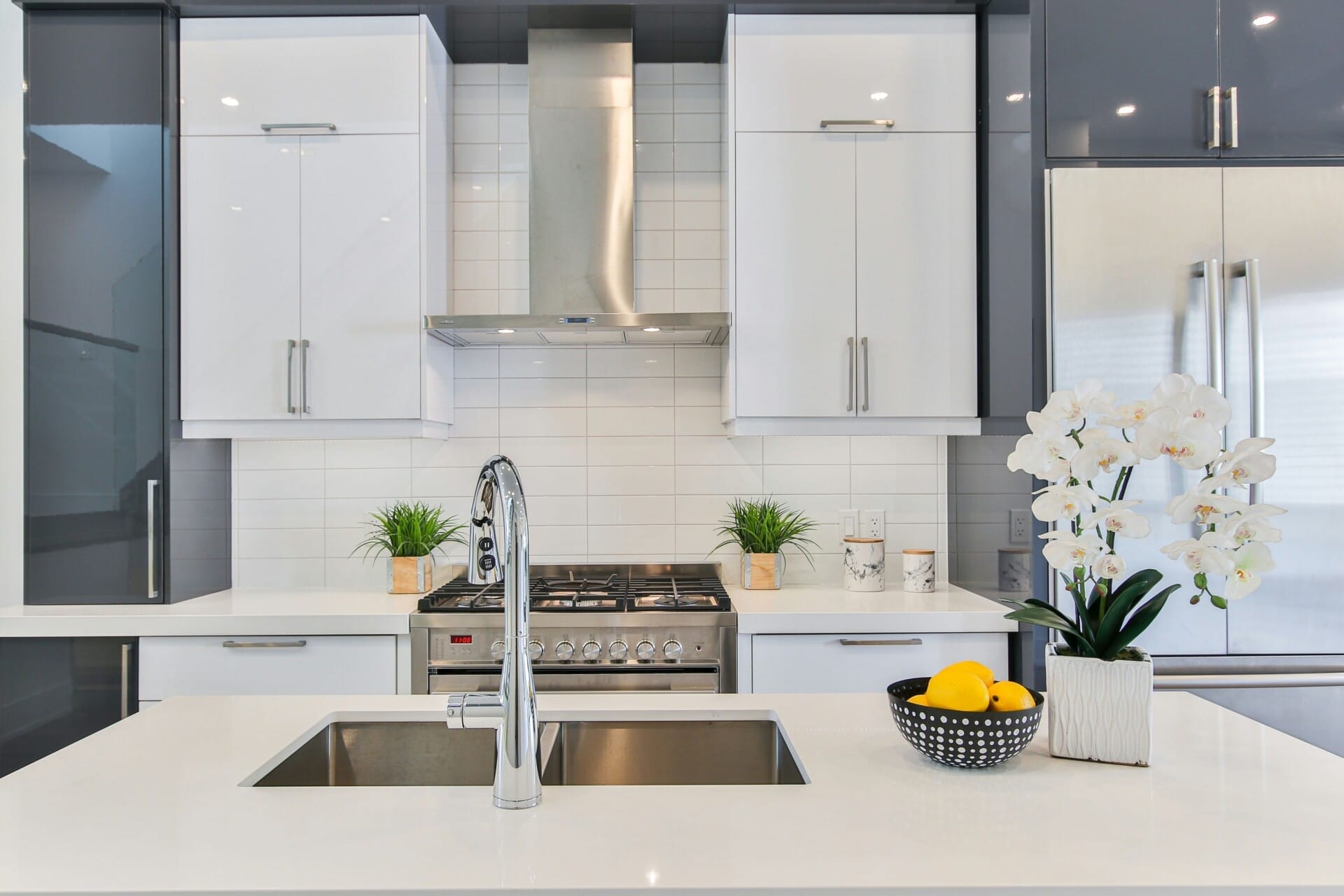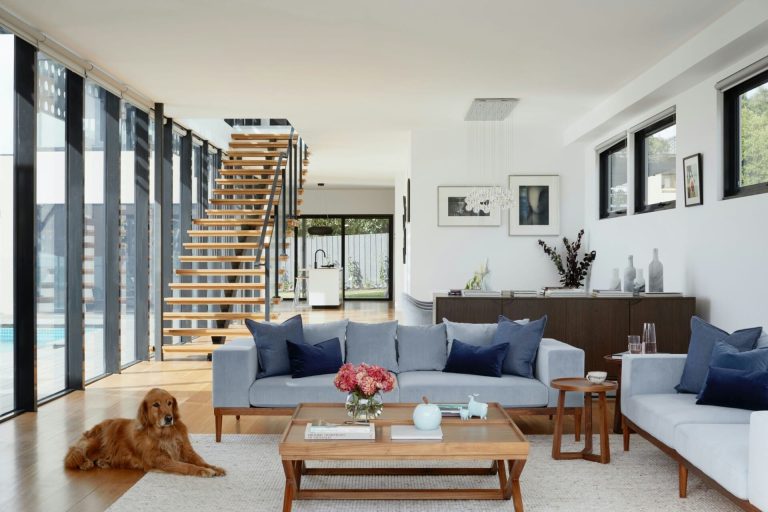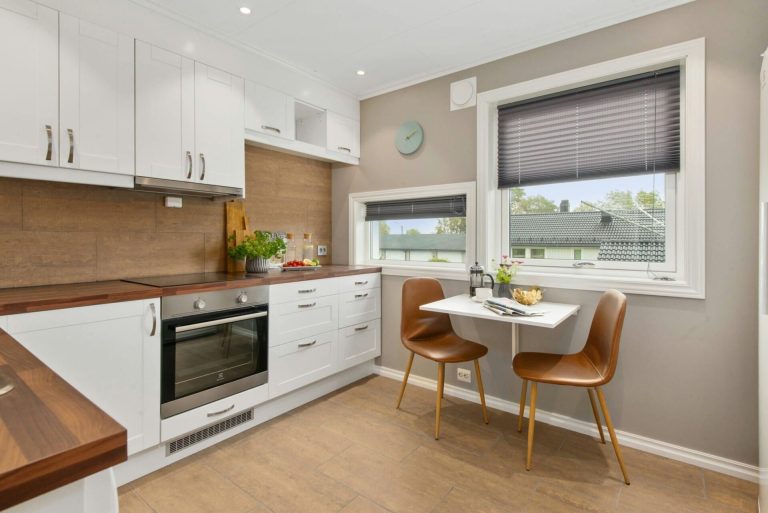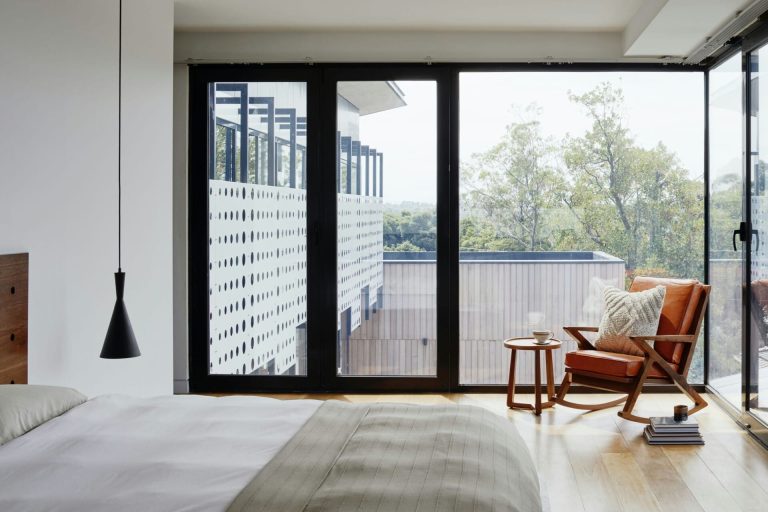Choosing the perfect location for your new home is like setting the stage for the rest of your life—it’s a big deal! Whether you’re dreaming of a cozy nest in the hustle and bustle of the city or a serene retreat in the lush countryside, the right spot can make all the difference. In Malaysia, with its diverse landscapes and vibrant communities, picking that perfect place can feel a bit overwhelming. But don’t worry! We’re here to help you navigate the maze of options with eight key factors to consider before you take the plunge. So, grab a cup of teh tarik, sit back, and let’s dive into what makes a location truly home sweet home!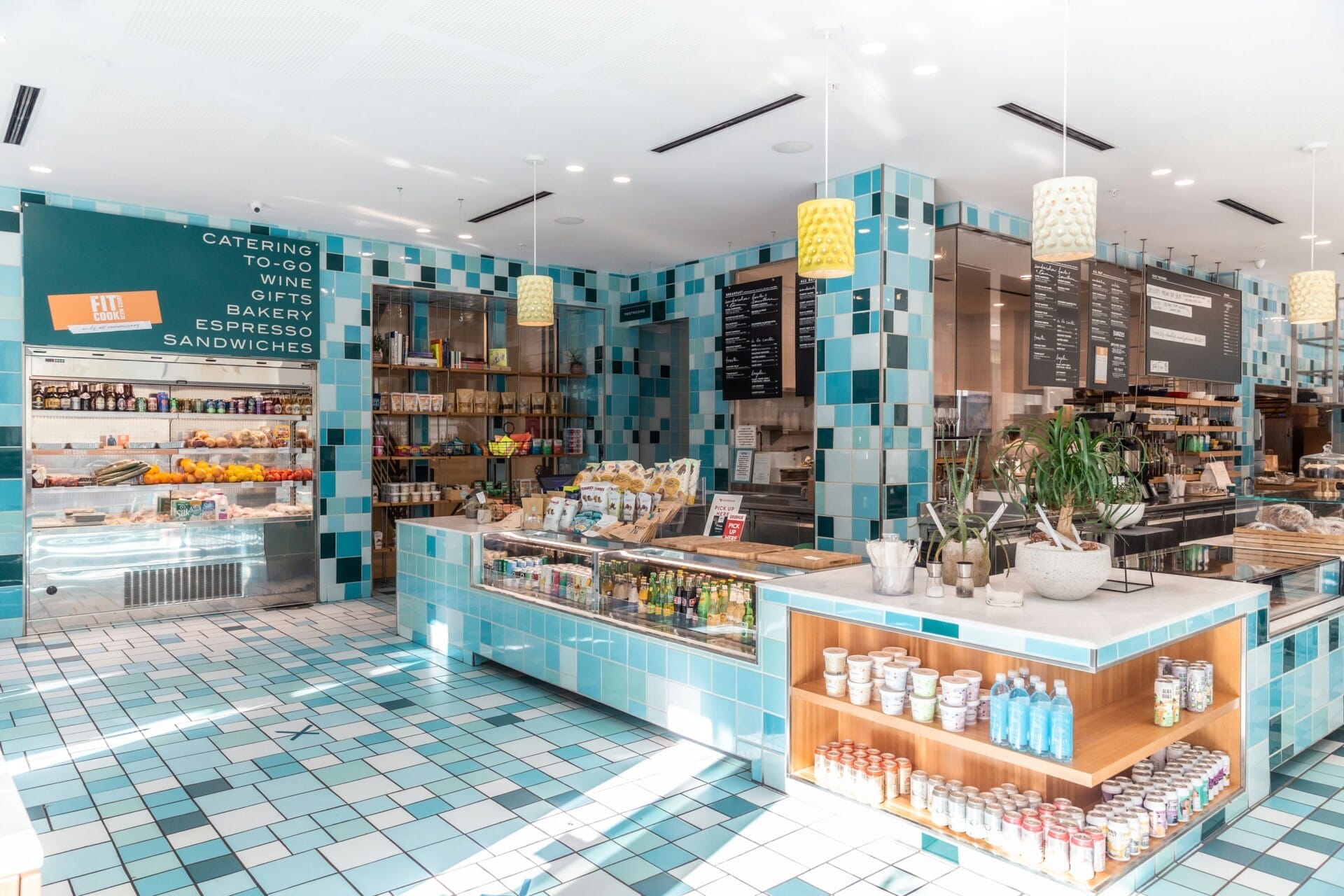
Understanding Your Lifestyle Needs
When searching for a new home, it’s essential to embrace the lifestyle you envision. Think about how your daily routine unfolds. Do you thrive in a bustling environment teeming with energy, or do you prefer the tranquility of a serene suburban neighborhood? Identifying your priorities will help you find a location that complements your daily habits and lifestyle. Consider what makes you tick and find a community that aligns with those values.
There are several factors to reflect on regarding your lifestyle. Here’s a quick list to get you started:
- Commute: How far are you willing to travel for work or school?
- Amenities: What type of facilities are must-haves? Parks, gyms, or shopping centers?
- Social Life: Do you want a vibrant nightlife or cozy local cafes?
- Family Considerations: Are schools and child-friendly spaces important?
Consider your budget as well. It’s crucial to balance your dream lifestyle with financial practicality. Here’s a simple breakdown to consider when evaluating potential locations:
| Location Type | Approximate Cost | Pros | Cons |
|---|---|---|---|
| City Center | $$$ | Vibrant life, convenient access | Higher noise and cost |
| Suburbs | $$ | Family-friendly, spacious | Longer commute |
| Rural Areas | $ | Peaceful, natural beauty | Limited amenities |
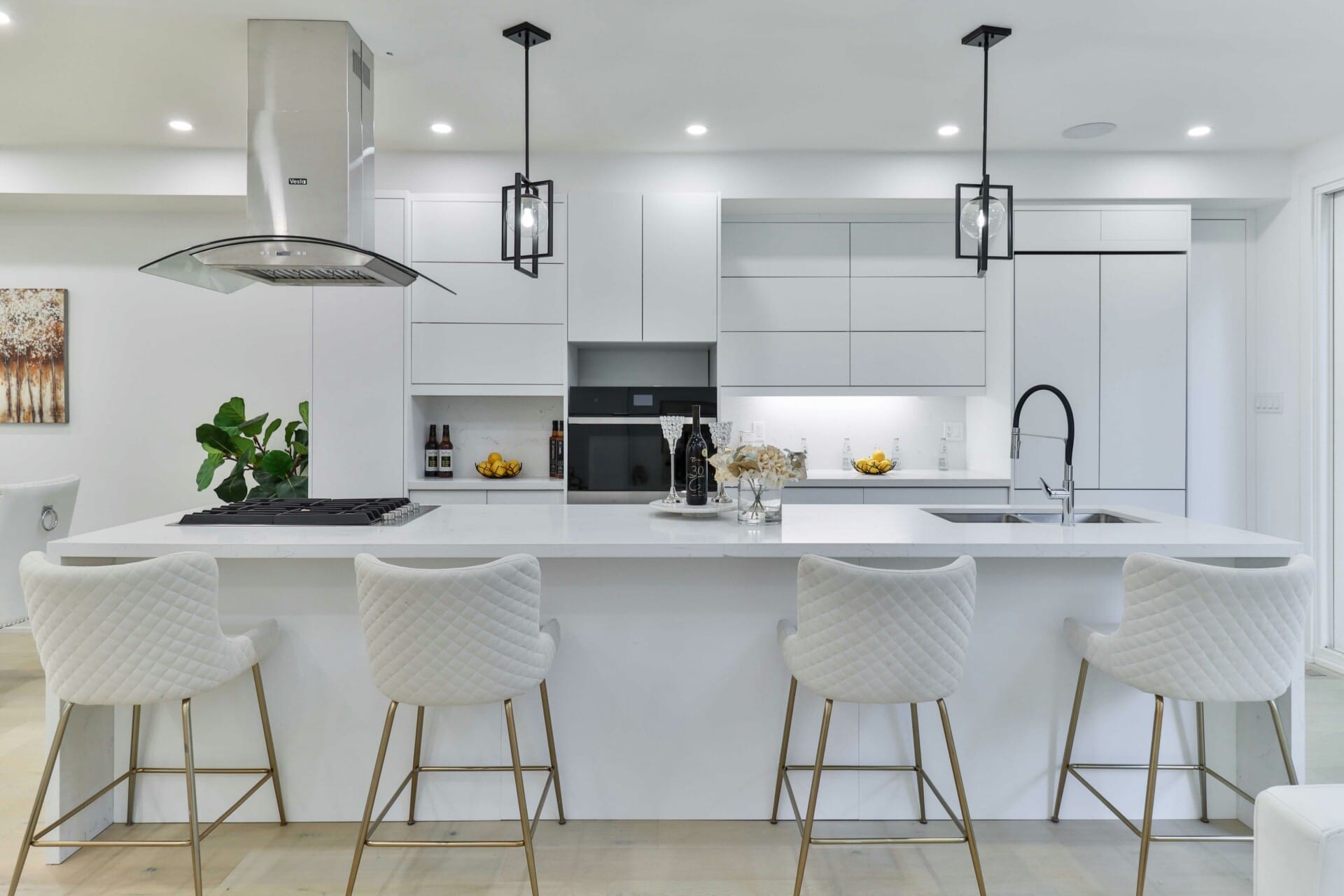
Exploring the Importance of Commute
When searching for a new home, one key aspect that often gets overlooked is the importance of your daily commute. The distance between your home and your workplace or other vital spots can significantly affect your lifestyle. A shorter commute not only saves you precious hours but also enhances your overall well-being. Imagine having those extra minutes to enjoy breakfast with your family, or perhaps to indulge in a morning jog before heading off to work!
Think about it: what are your daily travel modes? Whether it’s driving, public transport, or biking, the type of commuting experience you’ll have plays a pivotal role in your choice of location. Consider a location that offers multiple commute options. Some nearby may include:
- Access to major highways
- Proximity to public transport stations
- Biking lanes and walkable areas
Moreover, it’s not just about how long the commute takes. The quality of commute matters too! You might want to explore factors like traffic congestion levels, the aesthetic of your route, or even the availability of amenities nearby. Here’s a quick table to visualize some key points for different locations:
| Location | Commute Time | Transport Options | Traffic Level |
|---|---|---|---|
| City Center | 30 mins | Bus, Train, Car | High |
| Suburban Area | 15 mins | Car, Van Pool | Low |
| Rural Setting | 45 mins | Car | Medium |
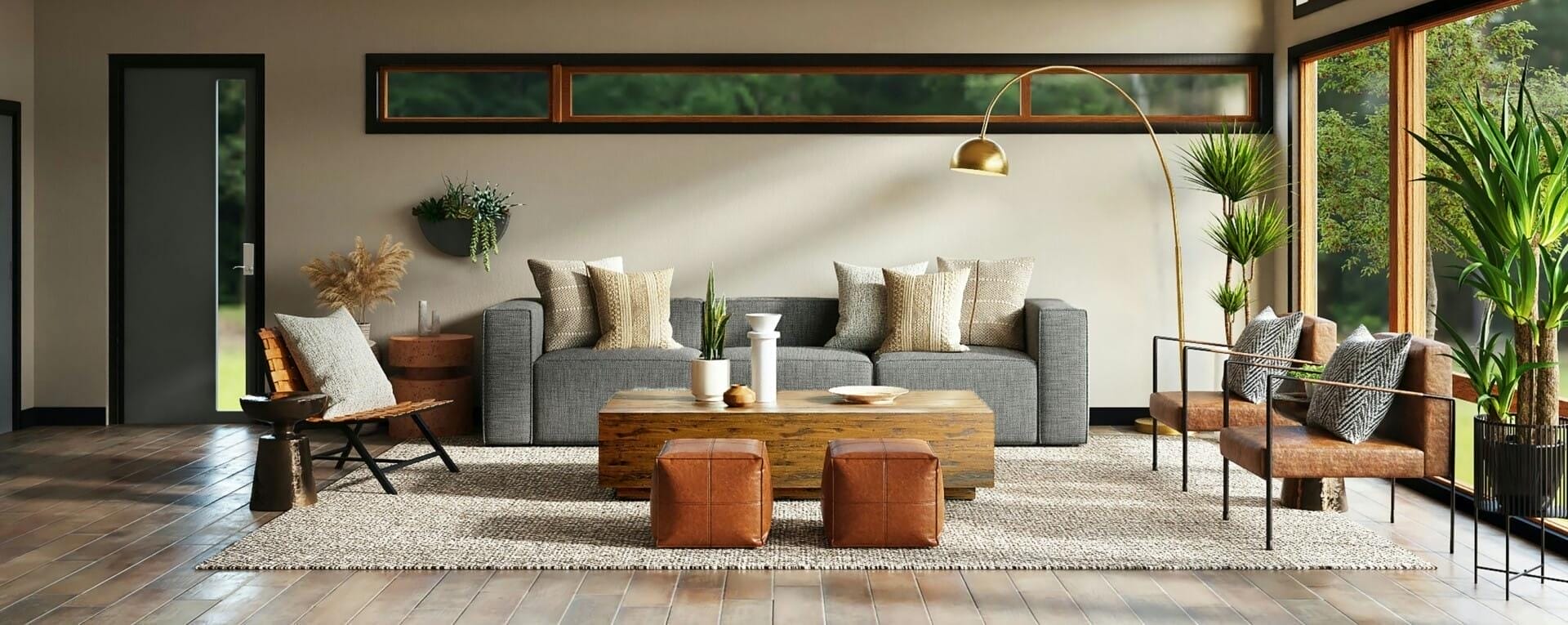
Evaluating Local Amenities and Services
When hunting for that dream home, it’s super important to dive into the local amenities and services around the area. After all, it’s not just about the house but the lifestyle that comes with it. Picture this: cafes where you can unwind, parks for outdoor fun, or even a vibrant market down the street. These little treasures can make a huge difference in your day-to-day life.
Think about what matters most to you. Do you enjoy a morning jog? Then, access to nearby parks and recreational areas is essential. Maybe you’re a foodie, craving a variety of dining options at your fingertips? Look for neighborhoods with a hot mix of local eateries and international cuisines. Here’s a quick list of some key amenities to consider:
- Education: Schools, colleges, and universities in the vicinity.
- Healthcare: Proximity to clinics, hospitals, and pharmacies.
- Shopping: Availability of supermarkets, malls, and boutique shops.
- Public Transport: Accessibility to bus stops and train stations.
- Recreation: Gyms, parks, and entertainment centers.
To put things into perspective, here’s a simple comparison of two neighborhoods based solely on amenities:
| Neighborhood A | Neighborhood B |
|---|---|
| 2 Parks | 1 Park |
| 5 Grocery Stores | 3 Grocery Stores |
| 2 Hospitals | 1 Hospital |
| 4 Public Transport Options | 2 Public Transport Options |
Ultimately, evaluating these aspects not only enhances your living experience but also adds to the long-term value of your investment. A well-rounded neighborhood with excellent amenities will cater to your needs and make life that much sweeter. So take your time, explore, and envision how each service can fit into your lifestyle before making that big move!
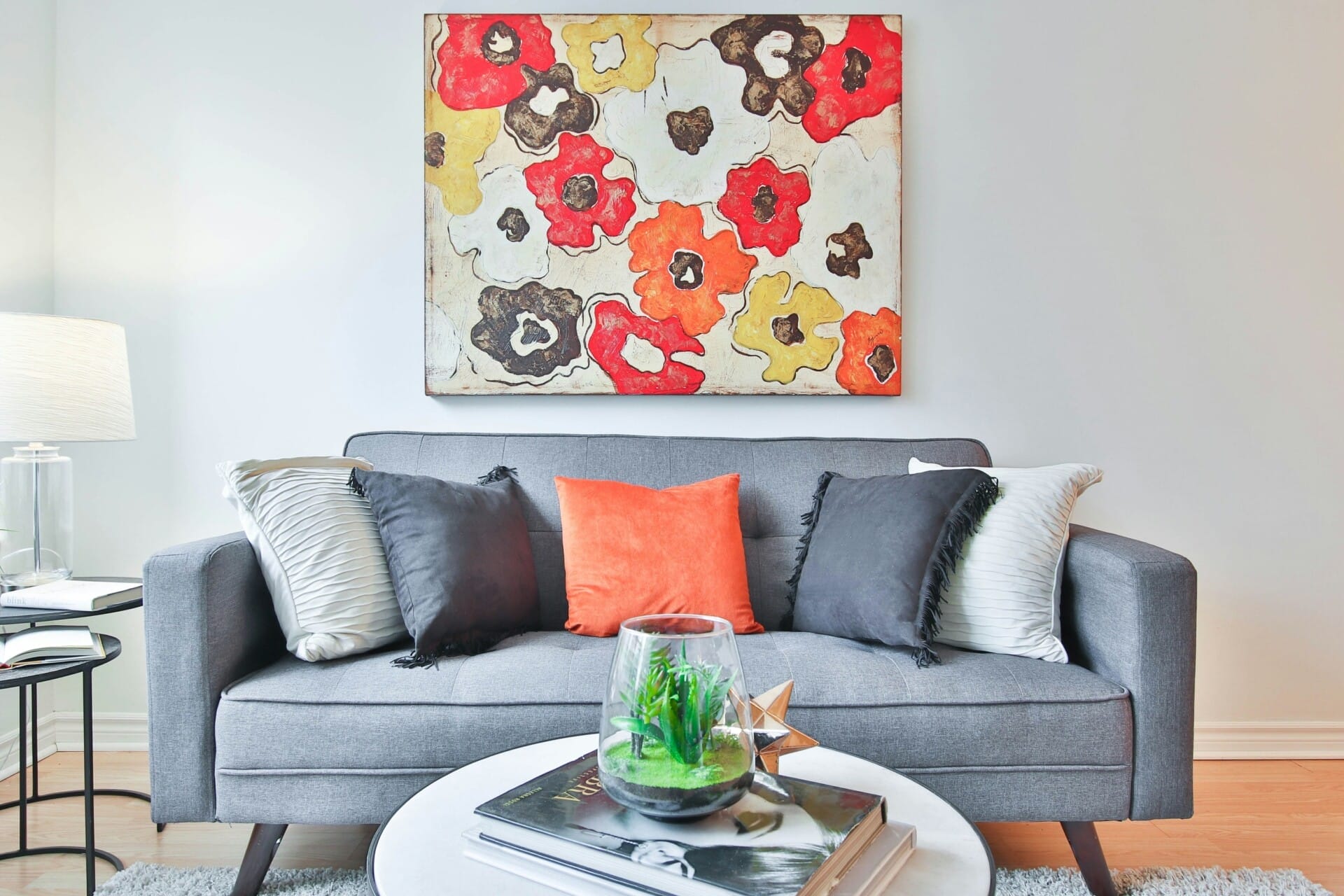
Considering Safety and Crime Statistics
When picking out a new home, it’s vital to zero in on safety and crime statistics. You’re not just choosing a place to live; you’re choosing a community for yourself and your family. Knowing how safe an area is can drastically impact your quality of life. Many online resources track crime rates, offering insights into the frequency and types of crimes occurring nearby, which can guide your decision-making.
While checking crime rates, look for key indicators that can reflect overall safety, such as:
- Type of Crime: Focus on violent vs. property crimes. Some neighborhoods may have high property crime stats but low violent crime rates.
- Crime Trends: Are crimes decreasing, increasing, or stable? An area experiencing a downward trend might be safer compared to those with rising rates.
- Community Initiatives: Local programs addressing crime prevention can indicate a proactive community that cares about its residents’ safety.
Sometimes, diving deeper into statistics can paint a clearer picture. Here’s a simple comparison table of theoretical crime rates for a few neighborhoods:
| Neighborhood | Violent Crimes (per 1,000) | Property Crimes (per 1,000) | Safety Rating (1-5) |
|---|---|---|---|
| Greenwood | 1.5 | 5.8 | 4 |
| Lakeside | 0.9 | 3.7 | 5 |
| Downtown | 4.2 | 10.5 | 2 |
In this example, Lakeside shines as the safest choice, while Downtown, despite its attractions, raises some red flags. Always remember, while statistics are critical, visiting the neighborhood and talking to residents can provide invaluable insights that numbers alone might not capture. Ultimately, blending data with personal experiences can lead you to the ideal spot that feels like home.
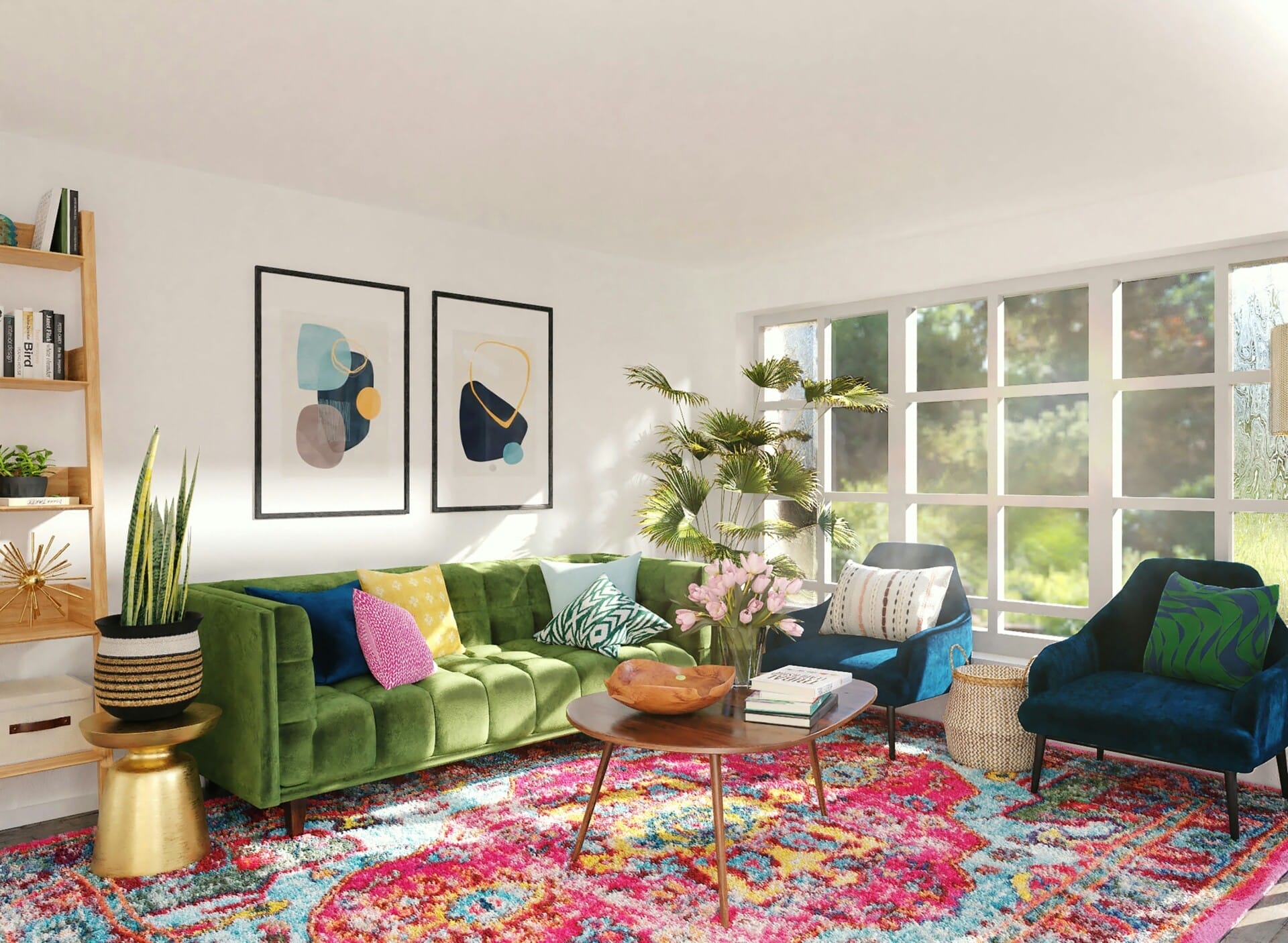
Investigating School Districts and Education Options
When you’re considering a new home, the school district and education options available in the area can significantly influence your decision. Education is a major factor for families, and understanding the quality of schools can be the key to ensuring your children receive the best opportunities. Look into the school district’s ratings, as many websites offer insights into academic performance, facilities, and even extracurricular activities. This can help you identify which districts stand out and which ones might not meet your expectations.
Here are a few important aspects to keep in mind while investigating education options:
- Curriculum and Programs: Check if the schools offer unique programs, such as International Baccalaureate or STEM initiatives.
- Teacher Qualifications: Look into the qualifications of teachers and their experience in the education system.
- Community Involvement: A strong connection between schools and the community can enhance the learning experience for students.
To put things into perspective, here’s a quick comparison of school districts you might consider:
| School District | Rating | Special Programs |
|---|---|---|
| District A | AAAA | STEM, Arts |
| District B | AAA | International Baccalaureate |
| District C | AA | None |
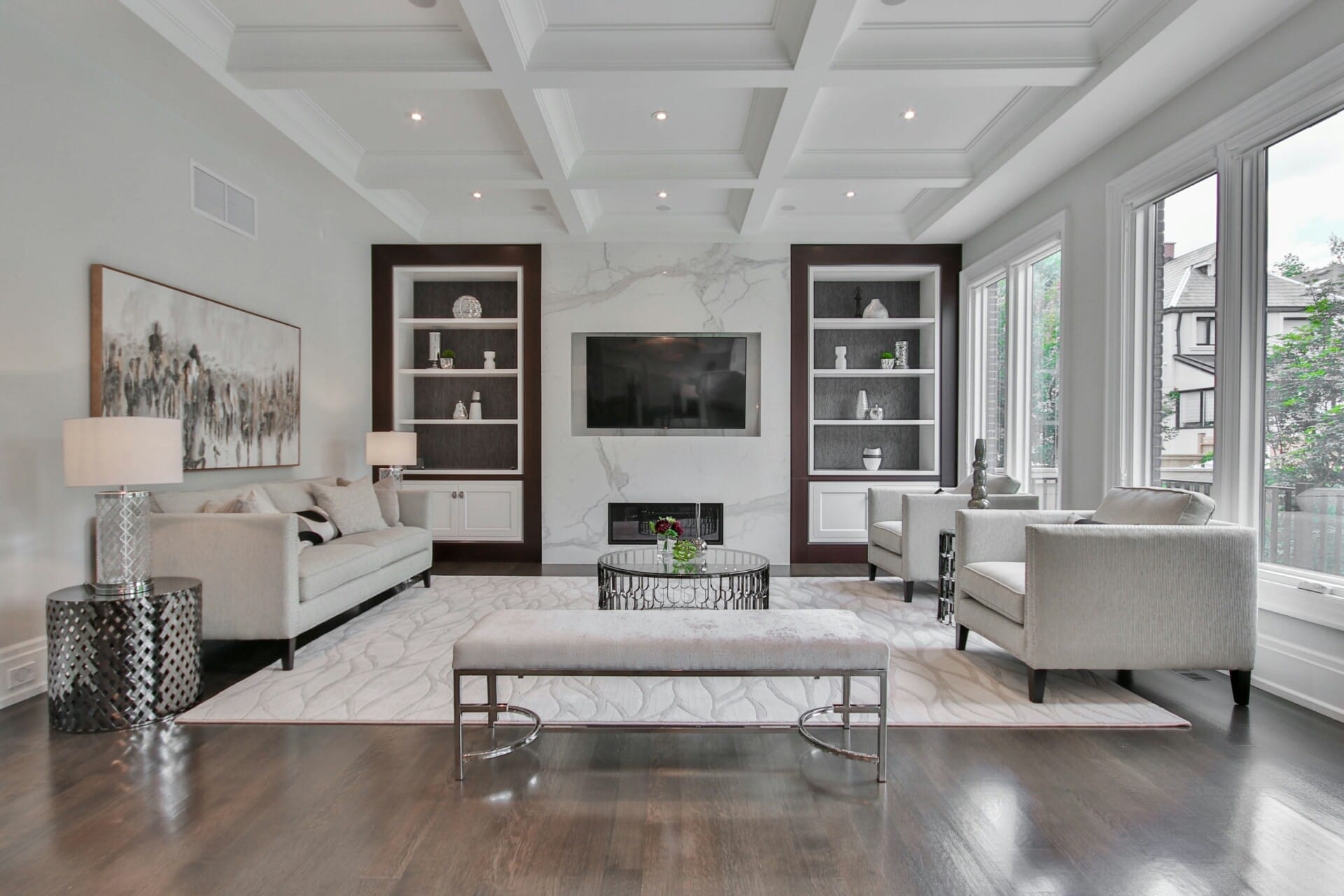
Assessing Future Development and Resale Value
When considering the location for your new home, it’s essential to think about how the area will develop over time. Look for locations that show signs of growth, such as new infrastructure, schools, or shopping centers being built. Areas that are part of government development plans often see appreciation in value, making them a wise choice for potential homeowners. Pay attention to local authorities’ announcements and upcoming projects or transport improvements, as these can significantly boost an area’s appeal.
Resale value is fundamentally tied to the desirability of the location you choose. Factors such as proximity to downtown, public transport links, and amenities like hospitals or parks can all impact how attractive your home is to future buyers. When visiting neighborhoods, consider what daily commutes will look like, as longer travel times can deter potential buyers in the future. Additionally, take note of the type of neighbors in the area; vibrant communities with sociable neighbors can enhance resale value.
market trends in the region you’ve chosen also play a role in assessing future value. Areas experiencing a surge in demand typically see property values rise, so keep an eye on housing market statistics. It’s smart to consult with local real estate agents who understand these trends. Here’s a quick comparison of factors that affect resale value in a few selected neighborhoods:
| Neighborhood | Current Demand | Average Price Growth (Last 5 Years) |
|---|---|---|
| Cyberjaya | High | 15% |
| Petaling Jaya | Moderate | 10% |
| Bangsar | Very High | 20% |

Embracing the Community and Neighborhood Vibe
When you’re on the hunt for a new home, getting to know the community and neighborhood vibe can really be a game changer. A lively neighborhood can bring a sense of belonging, which is essential for everyone, especially if you’re moving to a new area. Neighborhoods can offer you a taste of local culture – think food stalls, festivals, and even friendly faces at the corner coffee shop. Plus, let’s be honest, who doesn’t love a good weekend market just a stone’s throw away?
One of the best ways to embrace the local scene is by connecting with the neighbors. Attend community events, from weekend bazaars to fun runs, where you’ll not only get to know your future neighbors but also experience the unique personality of the community. Don’t hesitate to pop into local businesses and chat with the owners. You’ll be surprised at how welcoming people can be, and you might just find your favorite hangout spot before you even settle in. Here are a few tips to consider:
- Research local activities: Check out community boards or social media groups.
- Explore local dining: Taste the local cuisine at nearby restaurants and markets.
- Attend community meetings: Get involved and understand local issues and initiatives.
Finding a neighborhood that resonates with your lifestyle can lead to fulfilling connections and unforgettable experiences. Take advantage of resources like neighborly meetups, or even local neighborhood apps, where you can engage in discussions about events, safety, and tips on the best spots in town. In doing so, you’ll feel more at home even before you unpack your boxes!
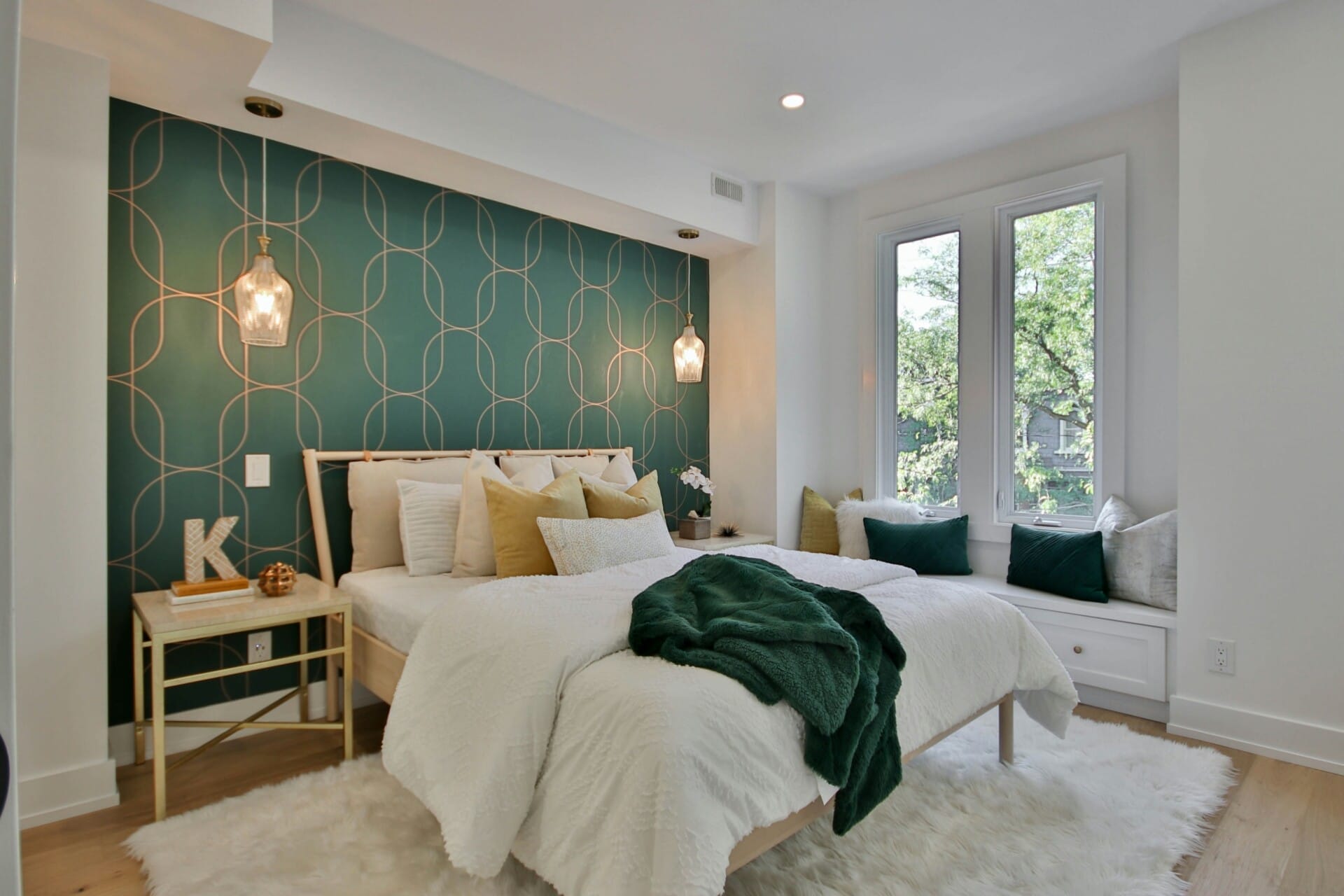
Balancing Nature and Urban Access
When you’re on the hunt for a new home, finding that sweet spot between nature and urban convenience can totally change your living experience. Imagine waking up to lush greenery just outside your window while still having access to the city buzz! It’s all about striking that perfect balance, which can enhance your overall well-being.
Think about what you value most in your daily life. Having parks, trails, or rivers nearby can provide a fantastic escape from the urban grind, perfect for weekend strolls or evening jogs. Here’s why natural surroundings matter:
- Fresh Air: Clean, oxygen-rich air can improve your health.
- Scenic Views: A beautiful environment boosts your mood and creates a calming atmosphere.
- Outdoor Activities: Access to nature allows for hiking, biking, or simply enjoying a picnic.
However, it’s not just about greenery; proximity to urban amenities is equally crucial. Being near shopping centers, schools, and public transport can save you time and reduce stress. Strive for locations that provide:
- Community Facilities: Libraries, sports complexes, and recreational areas enhance community living.
- Diverse Dining Options: Close access to cafés and restaurants adds flavor to your lifestyle.
- Efficient Public Transport: Easy connectivity can make commuting a breeze.
Wrapping Up
And there you have it! Choosing the perfect location for your new home isn’t just about picking a spot on the map; it’s about finding a place where you can truly cultivate your life. Whether it’s craving the vibrant energy of the city or the peacefulness of a suburban retreat, remember to weigh those eight factors we discussed.
So, take a deep breath, grab your cup of teh tarik, and start exploring your options. Visit different neighbourhoods, chat with locals, and soak in the environment. Your dream home is waiting for you to discover it, and with a bit of thought, you’ll make a choice you’ll feel great about. Happy house hunting!